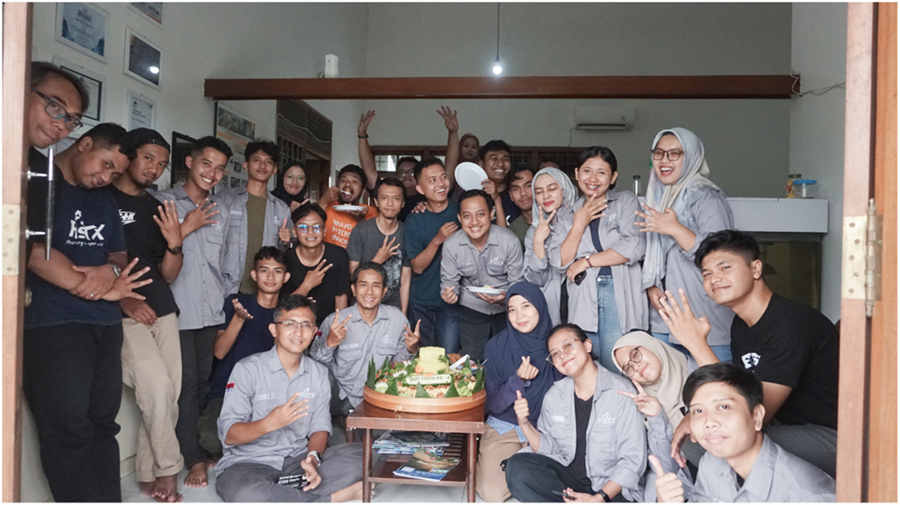
Vannamei Shrimp Disease Control Strategy with Probiotics
In the continuously evolving world of shrimp farming, the biggest challenge faced by farmers is Vannamei shrimp diseases. One innovative approach that is gaining attention is disease control using probiotics. Probiotics, as living microorganisms that provide health benefits to shrimp, have opened the door to more effective strategies in minimizing disease risks and increasing farming productivity.
4 Strategies in Probiotic Application for Shrimp Disease Prevention
In the probiotic application strategy, several factors need to be considered in shrimp farming. The use of probiotics in shrimp farming considers several aspects.
1. Identify Issues and Disease Potential
In shrimp farming, identifying disease potential is a key step in maintaining sustainability. Some specific Vannamei shrimp diseases caused by bacteria such as Vibrio can pose a health threat. Therefore, the application of probiotics to dominate Vibrio bacteria is extensively done to combat diseases.
2. Selection of Suitable Probiotics
Probiotics have emerged as an innovative solution to improve shrimp health. The selection of the right probiotics is crucial to achieve optimal results. In the case of applying Bacillus as a probiotic to shift Vibrio dominance, Bacillus produces natural antibiotic compounds that inhibit the growth of other bacteria.
3. Ensure Good Water Quality Control
Water quality is a critical factor in healthy shrimp farming. Poor water conditions can trigger disease spread. Disease control strategies using probiotics include monitoring and adjusting water quality parameters such as temperature, salinity, and pH. Understand how good water quality parameters can enhance probiotic effectiveness and reduce potential disease risks in shrimp farming.
4. Implement Prebiotics to Support Probiotic Function
Prebiotics are compounds or substances that cannot be digested by the body but provide nutrition for beneficial microorganisms like probiotics in the shrimp's digestive tract. Using prebiotics alongside probiotics can provide strong synergy in maintaining shrimp health.
Types of Diseases and Probiotics Used
- Vibrio harveyi
As a disease agent commonly found in shrimp farming, Vibrio harveyi can attack shrimp's immune system, leading to Vibriosis disease in digestion. Therefore, using Lactobacillus plantarum as a probiotic with the addition of galactosaccharides as prebiotics can help control infection and significantly alter the microbe composition in shrimp's intestines.
- Vibrio parahaemolyticus
Vibrio parahaemolyticus is a bacterium that can cause AHPND and WFD diseases in shrimp, especially in the digestive system. Using Lactobacillus pentosus as a probiotic can increase antibacterial activity and improve humoral immune response.
- Vibrio algynoliticus
Vibrio alginolyticus can cause infections in shrimp. Symptoms may involve behavioral changes, loss of appetite, changes in body color, and other health issues. Using Bacillus subtilis as a probiotic can enhance immune response and pathogen resistance.
- Streptococcus iniae
Streptococcus iniae can cause infections in shrimp, especially in hepatopancreas. Using a probiotic solution like Bacillus licheniformis, can improve survival rates and reduce hepatopancreatic necrosis.
Read Also: The Role of Bacillus Bacteria in Vannamei Shrimp Farming
Use Probiotics from FisTx
Probiotics can have a positive impact on shrimp farming by reducing the dominance of pathogenic bacteria and improving shrimp farming water quality. You can get FisTx probiotics, namely TipTopp Pond. TipTopp Pond is a probiotic product containing 7 Bacillus spp with a concentration of 5×10^9 CFU/gr. It can reduce Vibrio dominance in ponds and protect shrimp from potential diseases.
Get it now at our Official Store on our marketplace or contact us via WhatsApp.


